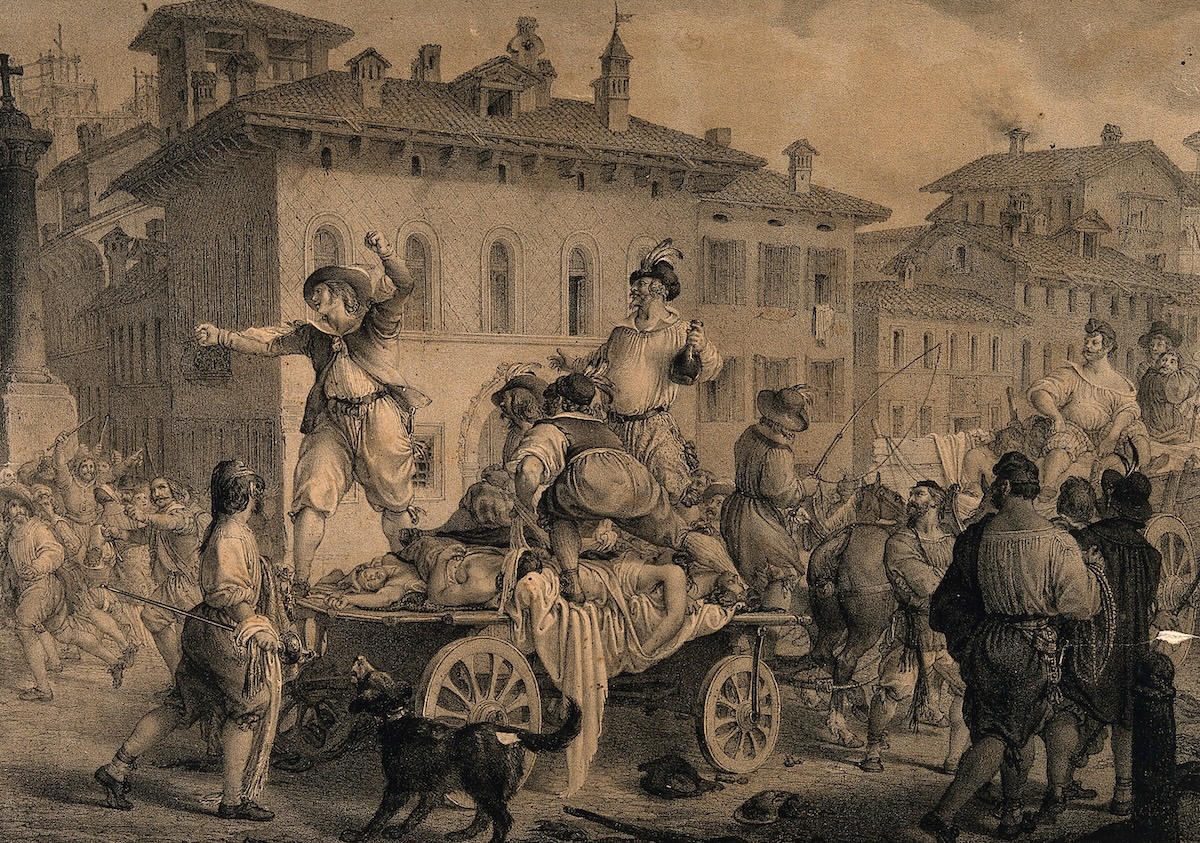What Makes Good Historical Fiction?
The best historical novels infer aspects of lives of which no trace remains. George Garnett starts awarding grades.

Helen Cam (1885-1968), the first woman to be elected to a chair at Harvard, was a formidable English medievalist. Unusually for a legal historian, she had a keen eye for the human dramas not entirely concealed behind the formulae of legal records – for instance, in Year Book reports.







